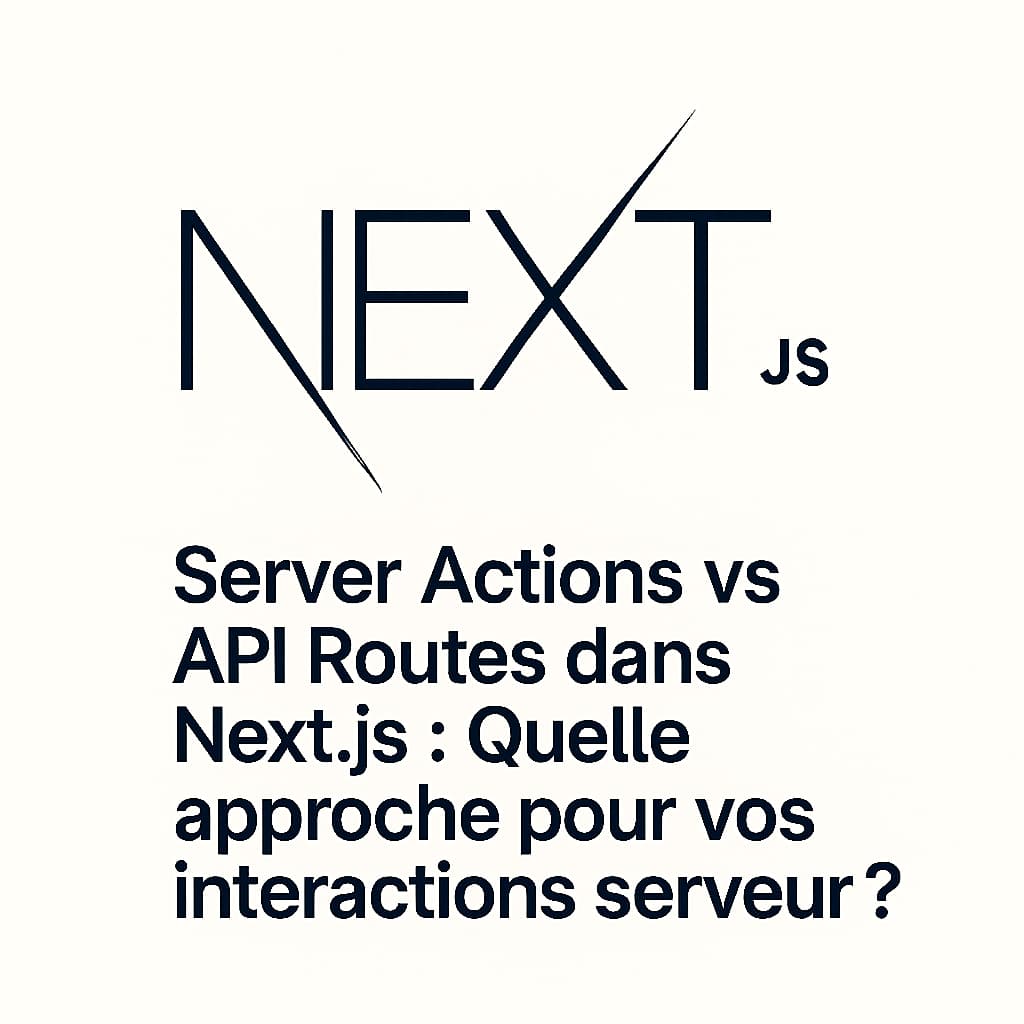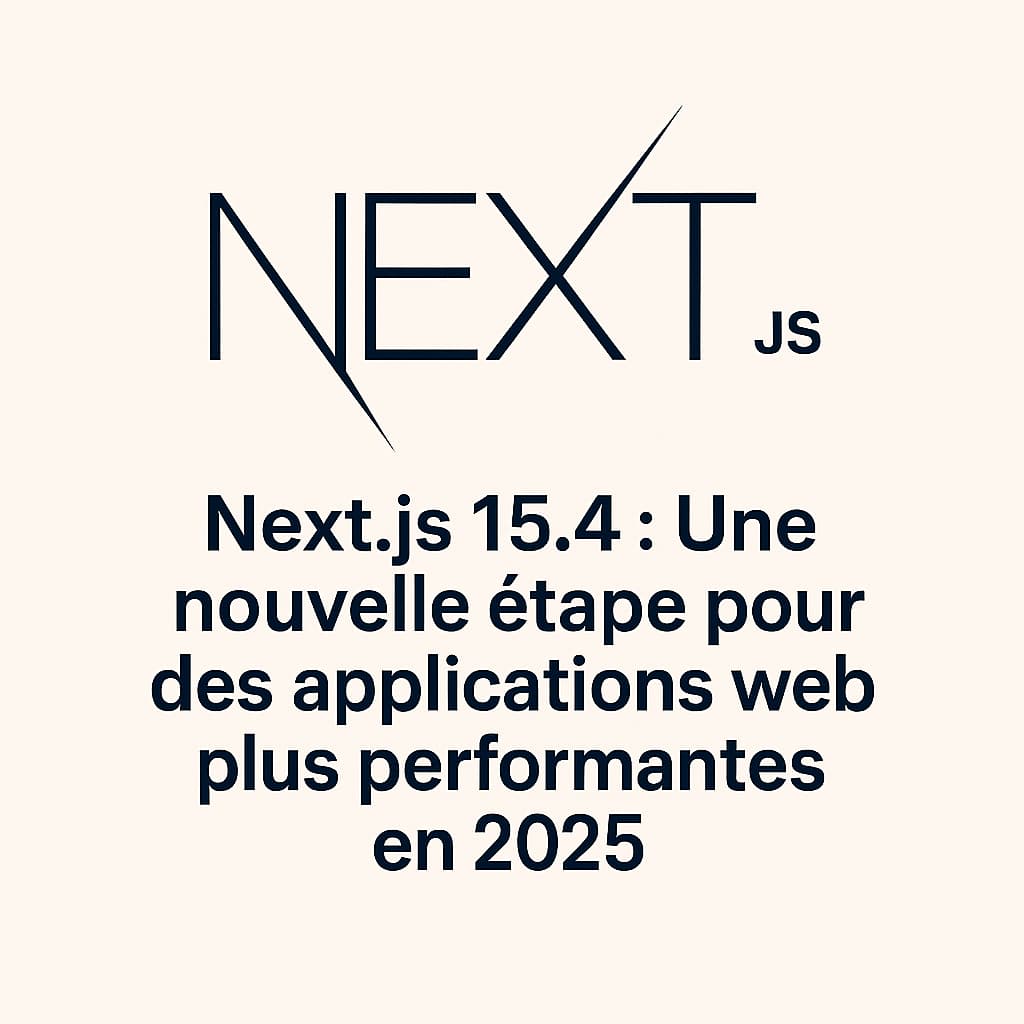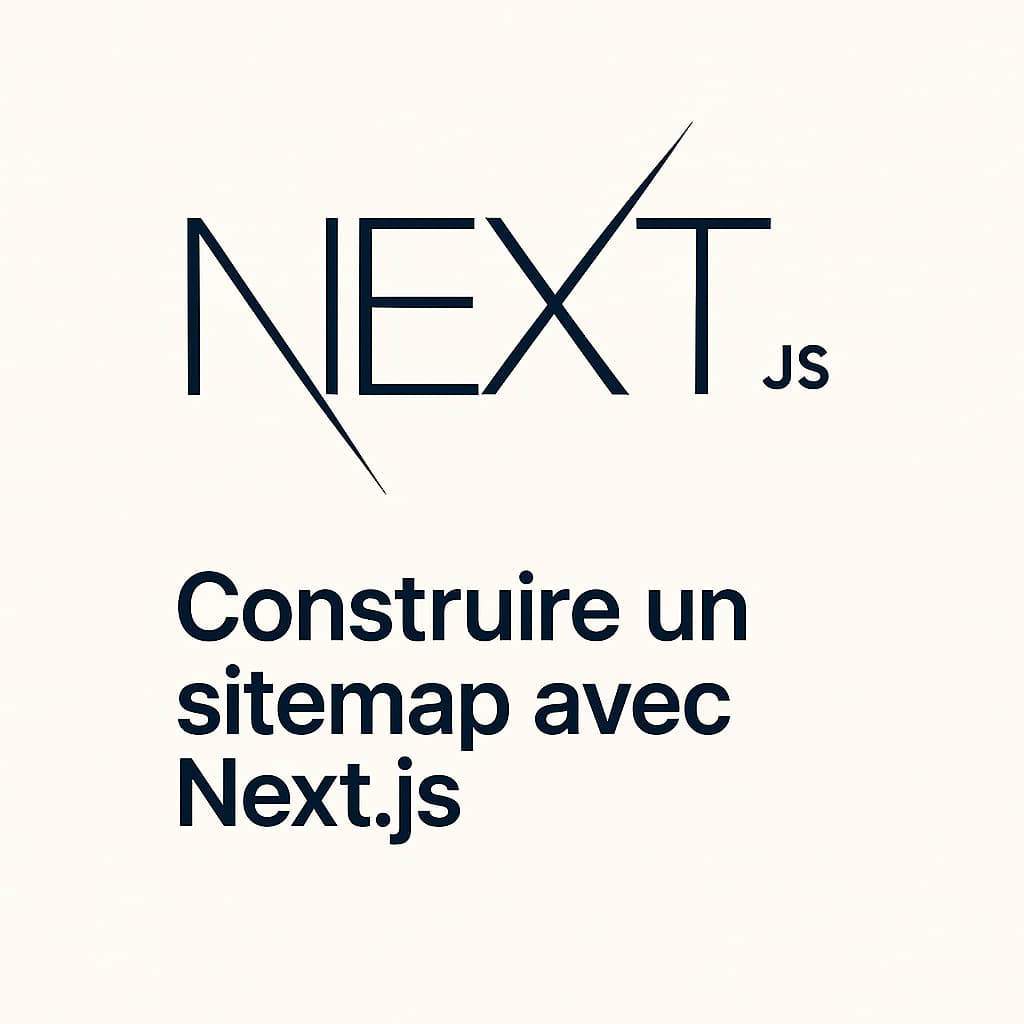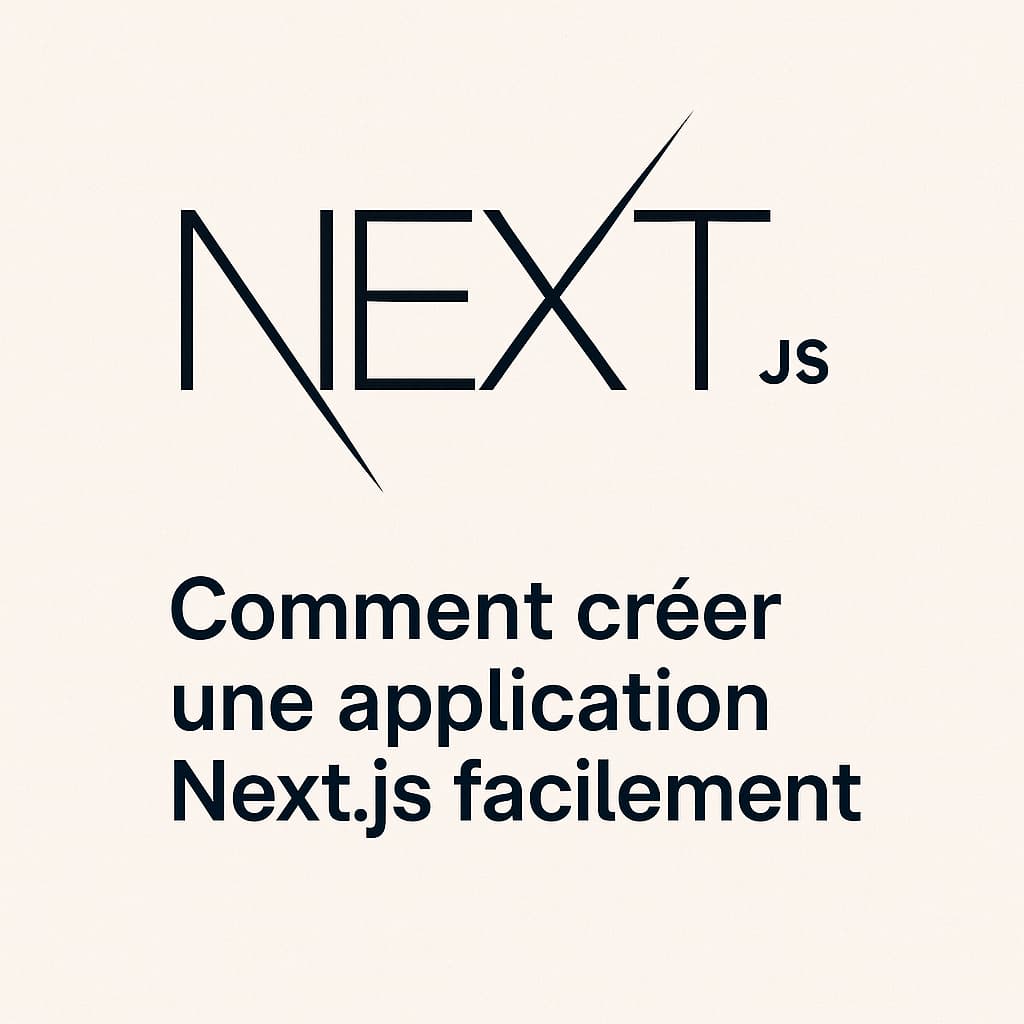

In the modern web development world, deploying an application can quickly become a headache. Between cloud platform costs that explode and the complexity of server management, many developers are searching for more accessible and economical alternatives. This is where Coolify comes in, an open source platform that's revolutionizing how we deploy our applications.

Next.js version 16 has arrived, marking a major turning point in the framework's evolution. Unlike previous versions that focused on adding new features, this iteration emphasizes stabilization, optimization, and above all, returning control to developers. Let's break down what's really changing.

In the Next.js ecosystem, managing frontend-server interactions is key to building modern, performant, and secure applications. Two primary tools enable server-side code execution: API Routes and Server Actions. This article compares these approaches, their advantages, drawbacks, and provides concrete examples for updating a post and fetching data using Prisma, with Next.js 14+ and the App Router. We include robust error handling, Zod for validation, useTransition for a smooth UX, and revalidatePath for revalidation, making the article production-ready.

Uploading files to AWS S3 is a core feature for many modern web applications. In this article, we’ll explore how to set up a Next.js application (version 13+ with App Router) to allow users to upload files directly to an S3 bucket, using AWS SDK v3 for optimal performance and security. This guide includes best practices, robust validation, and an optional TypeScript version for developers seeking strong typing.

Vitest is a fast and modern unit testing framework designed to integrate seamlessly with Vite, making it an excellent choice for Next.js applications built on React. This article explains how to set up Vitest in a Next.js project, write unit tests for your components and functions, and adopt best practices to ensure reliable and maintainable code. Whether you're a beginner or an experienced developer, this guide will help you establish a robust testing environment.

On July 14, 2025, the Vercel team announced the release of Next.js 15.4, an update that brings significant improvements in performance, stability, and Turbopack compatibility to this widely adopted React framework. With over 10 million weekly downloads, Next.js continues to dominate the full-stack web development landscape. This article explores the new features of this release, their impact on developers, and why Next.js remains a top choice in 2025.

React.js, launched in 2011 by Facebook, is a widely-used JavaScript library for building dynamic user interfaces. As a library, it provides tools for creating UI components but leaves the overall application management to you. Next.js, introduced in 2016 by Vercel, is a framework built on React that offers a comprehensive solution for developing modern web applications, including features like routing, performance optimization, server-side rendering (SSR), and static site generation (SSG). In this article, we compare Next.js to a standard React application (e.g., created with Vite or Create React App) to help you choose the best option for your project in 2025.

A sitemap is a key file for SEO—it allows search engines like Google, Bing, or DuckDuckGo to efficiently crawl and index all your website's available pages, even if some aren’t directly linked. Thanks to Next.js, you can easily generate either a static or dynamic sitemap based on your app’s routing strategy. Whether you're using file-based routes or dynamic content from APIs or CMSs, Next.js adapts to your needs.

In Next.js, navigating between pages is seamless thanks to the component and the useRouter hook. They allow for fast, client-side routing without full page reloads, while supporting performance features like route prefetching.

In this article, I will explain how to set up Prisma in a Next.js project. Prisma is a modern ORM that simplifies database management, while Next.js allows you to build performant and scalable React applications.

Next.js provides a robust system for managing environment variables, which are crucial for setting global configurations like API URLs, secret keys, or database credentials. These variables can be versioned or kept local, depending on your project's requirements.

Next.js is one of the most widely used React frameworks today, known for its power, flexibility, and simplicity. With over 133,000 stars on GitHub and more than 3,300 contributors, it benefits from regular updates and cutting-edge features.

Since its release in 2016, Next.js has quickly become one of the most popular frameworks for building modern web applications. Based on React and supported by Vercel, it offers many advanced features such as server-side rendering (SSR), static site generation (SSG), built-in routing, and automatic image optimization. In this article, we’ll walk through how to create your first Next.js app and understand its core architecture.
Stay informed about the latest articles, tutorials, and news.
Stay informed about the latest articles, tutorials, and news.